




Next: REFERENCES
Up: Guerra: Residual multiple attenuation
Previous: Conclusions
I thank Gabriel Alvarez, Guojian Shan and Madhav Vyas for discussions and suggestions, and Antoine Guitton for the program to perform adaptive subtraction. I also thank WesternGeco for providing the data set.
or00deg
Figure 5 Multiple-attenuated data -- zero-angle section. Strong migrated multiples make interpretation of primaries impossible.




 pest00deg
pest00deg
Figure 6 Residual-multiple-attenuated data -- zero-angle section. Residual multiples have been attenuated.




 zzo
zzo
Figure 7 Details of Figures ![[*]](http://sepwww.stanford.edu/latex2html/cross_ref_motif.gif) and
and ![[*]](http://sepwww.stanford.edu/latex2html/cross_ref_motif.gif) -- zero-angle sections. (a) and (c): multiple-attenuated data. (b) and (d): residual-multiple-attenuated data.
-- zero-angle sections. (a) and (c): multiple-attenuated data. (b) and (d): residual-multiple-attenuated data.




 orstk
orstk
Figure 8 Multiple-attenuated data -- stacked data. Residual multiples dominate the deeper portion of the data.




 peststk
peststk
Figure 9 Data after residual-multiple attenuation -- stacked data. The final data is much cleaner than the multiple-attenuated data.




 zstk
zstk
Figure 10 Details of Figures ![[*]](http://sepwww.stanford.edu/latex2html/cross_ref_motif.gif) and
and ![[*]](http://sepwww.stanford.edu/latex2html/cross_ref_motif.gif) at the same portion as shown in Figure
at the same portion as shown in Figure ![[*]](http://sepwww.stanford.edu/latex2html/cross_ref_motif.gif) -- stacked data. (a) and (c): multiple-attenuated data. (b) and (d): residual-multiple-attenuated data. Notice persistent multiples in the original data on panels (a) and (c) and how attenuated they are on panels (b) and (d).
-- stacked data. (a) and (c): multiple-attenuated data. (b) and (d): residual-multiple-attenuated data. Notice persistent multiples in the original data on panels (a) and (c) and how attenuated they are on panels (b) and (d).










Next: REFERENCES
Up: Guerra: Residual multiple attenuation
Previous: Conclusions
Stanford Exploration Project
5/6/2007
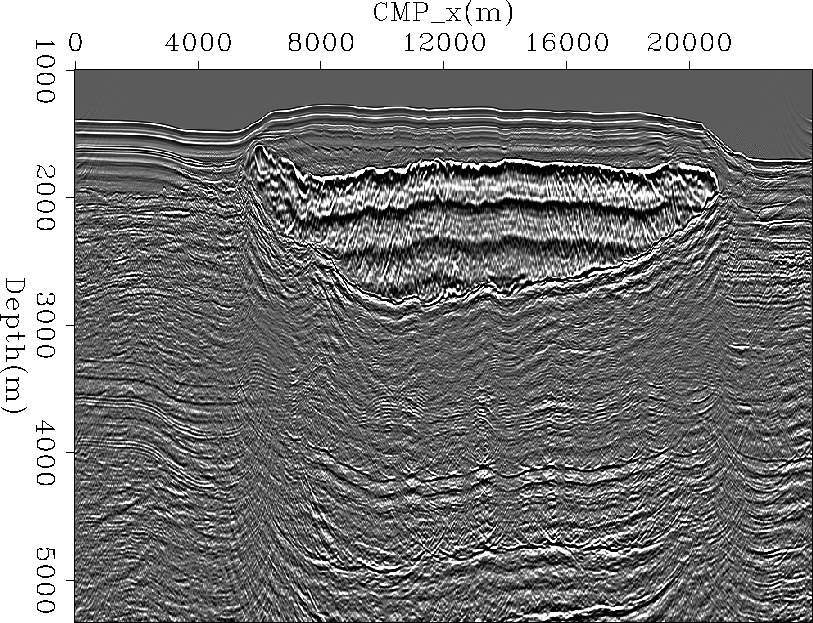

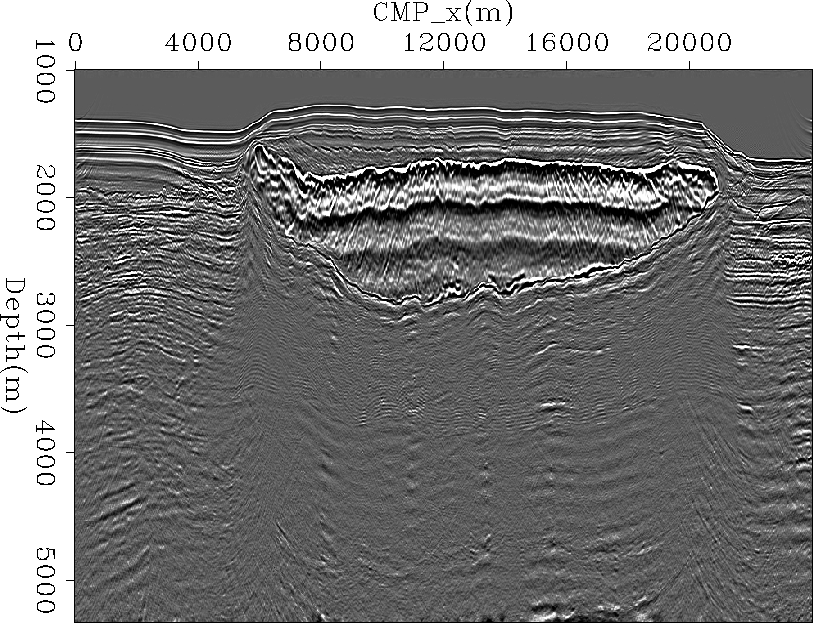
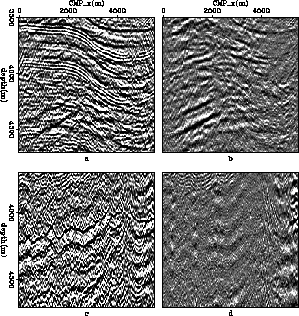
![[*]](http://sepwww.stanford.edu/latex2html/cross_ref_motif.gif) and
and ![[*]](http://sepwww.stanford.edu/latex2html/cross_ref_motif.gif) -- zero-angle sections. (a) and (c): multiple-attenuated data. (b) and (d): residual-multiple-attenuated data.
-- zero-angle sections. (a) and (c): multiple-attenuated data. (b) and (d): residual-multiple-attenuated data.
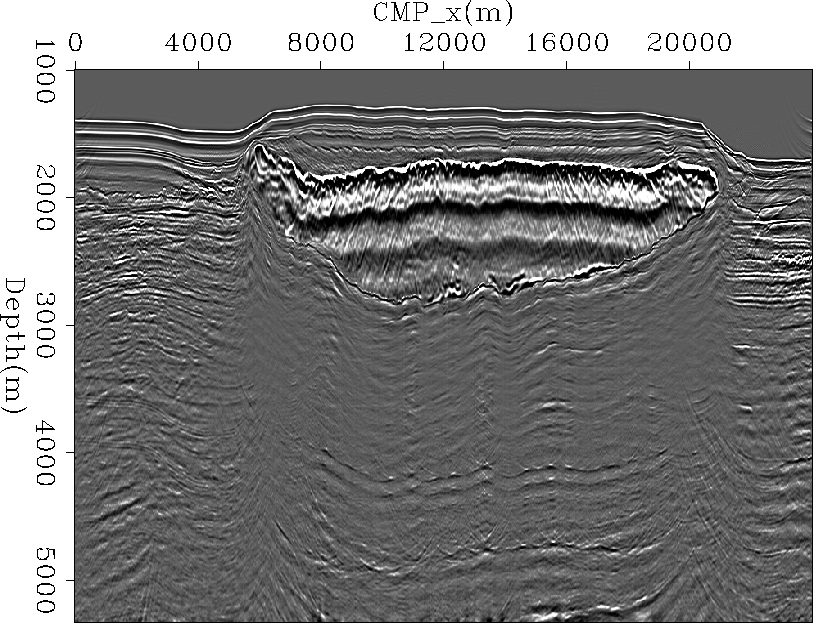
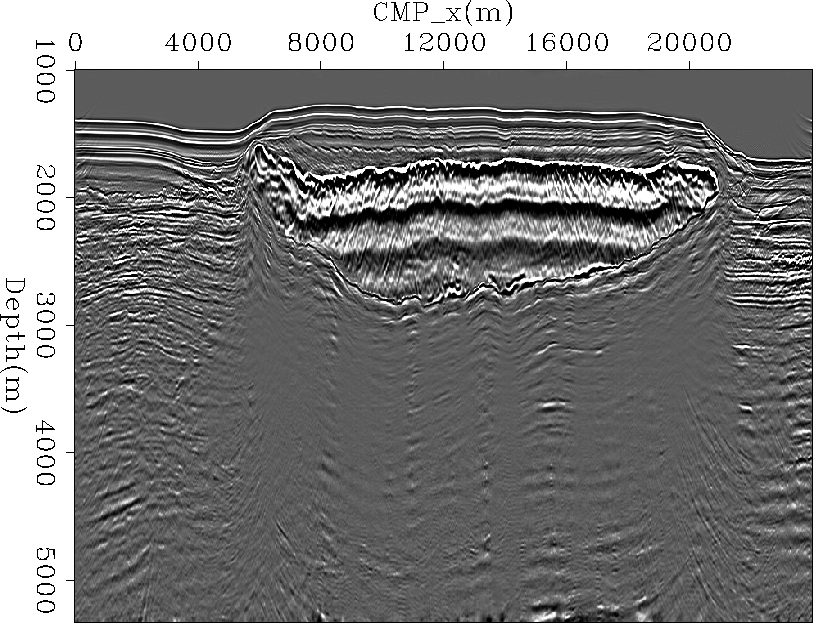
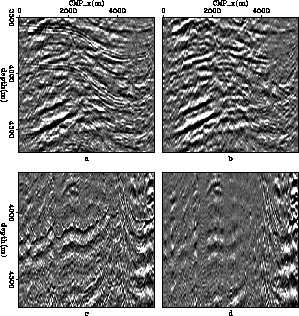
![[*]](http://sepwww.stanford.edu/latex2html/cross_ref_motif.gif) and
and ![[*]](http://sepwww.stanford.edu/latex2html/cross_ref_motif.gif) at the same portion as shown in Figure
at the same portion as shown in Figure ![[*]](http://sepwww.stanford.edu/latex2html/cross_ref_motif.gif) -- stacked data. (a) and (c): multiple-attenuated data. (b) and (d): residual-multiple-attenuated data. Notice persistent multiples in the original data on panels (a) and (c) and how attenuated they are on panels (b) and (d).
-- stacked data. (a) and (c): multiple-attenuated data. (b) and (d): residual-multiple-attenuated data. Notice persistent multiples in the original data on panels (a) and (c) and how attenuated they are on panels (b) and (d).